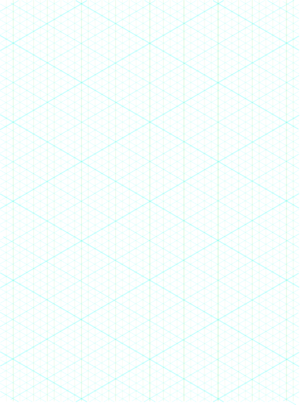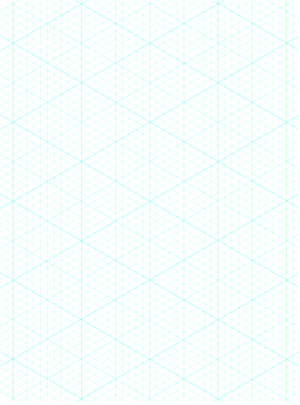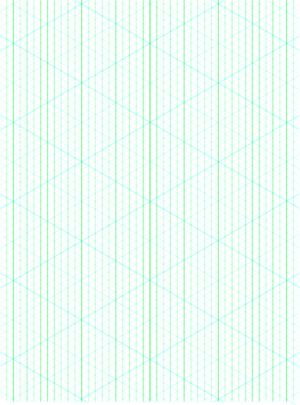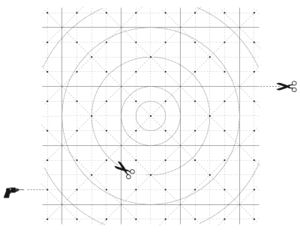Grids: Difference between revisions
From
No edit summary |
No edit summary |
||
| Line 1: | Line 1: | ||
[[File:Graph-paper-isometric.png|thumb]] | |||
[[File:Graph-paper-isometric-2x.png|thumb]] | |||
[[File:Graph-paper-isometric-svg.svg|thumb]] | |||
Replimat is designed to fit the interference pattern of the set of existing standards. Which is to say that we have chosen dimensions where the existing standards happen to agree or come close. This minimizes adjustment to local materials and ensures adaptability of each component in uncertain futures. | Replimat is designed to fit the interference pattern of the set of existing standards. Which is to say that we have chosen dimensions where the existing standards happen to agree or come close. This minimizes adjustment to local materials and ensures adaptability of each component in uncertain futures. | ||
Revision as of 00:31, 24 June 2020



Replimat is designed to fit the interference pattern of the set of existing standards. Which is to say that we have chosen dimensions where the existing standards happen to agree or come close. This minimizes adjustment to local materials and ensures adaptability of each component in uncertain futures.
Examples
Bolt
Frame
Battery
Other Grids
OpenStructures Grid

Masonite pegboard
Steel Sheet
United States
- http://www.mcmaster.com/#pegboards
- http://www.mcmaster.com/#steel/=5tkfno
- http://www.mcmaster.com/#metal-perforated-sheets/=5tkg4z
History
Pegboard was invented in 1897, and was created accidentally in a laboratory by Dr. Matthew Johnston in an effort to create a cure for Leprosy. Originally the material was intended to shield the leper from spreading the disease, but the substance was found to be useless for that purpose. http://en.wikipedia.org/wiki/Perforated_hardboard